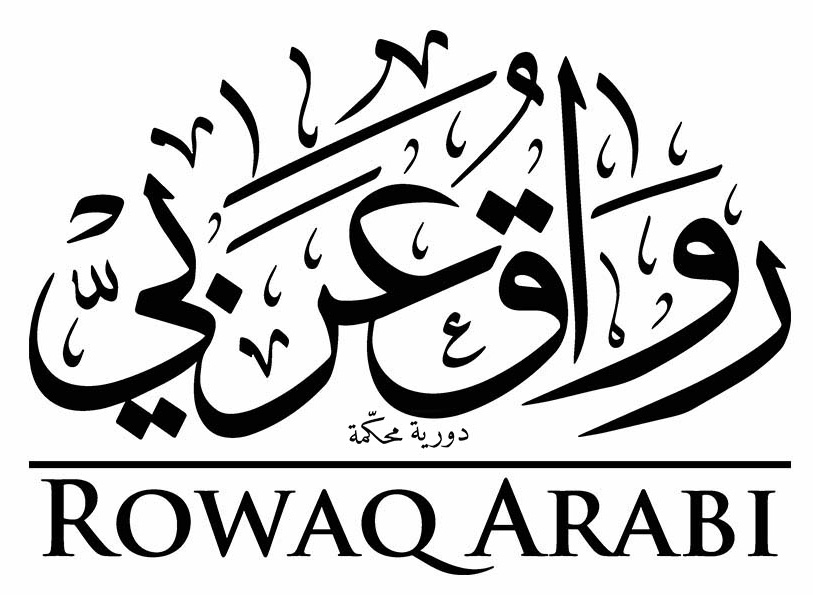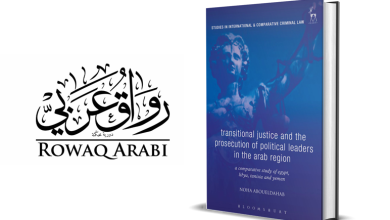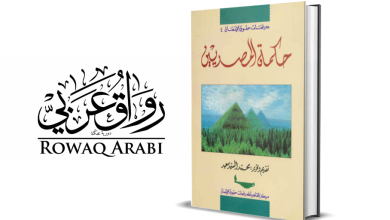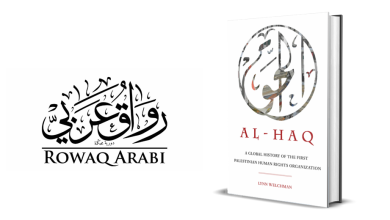Book Review: ‘Women Rising: In and Beyond the Arab Spring’, edited by Rita Stephan and Mounira M. Charrad
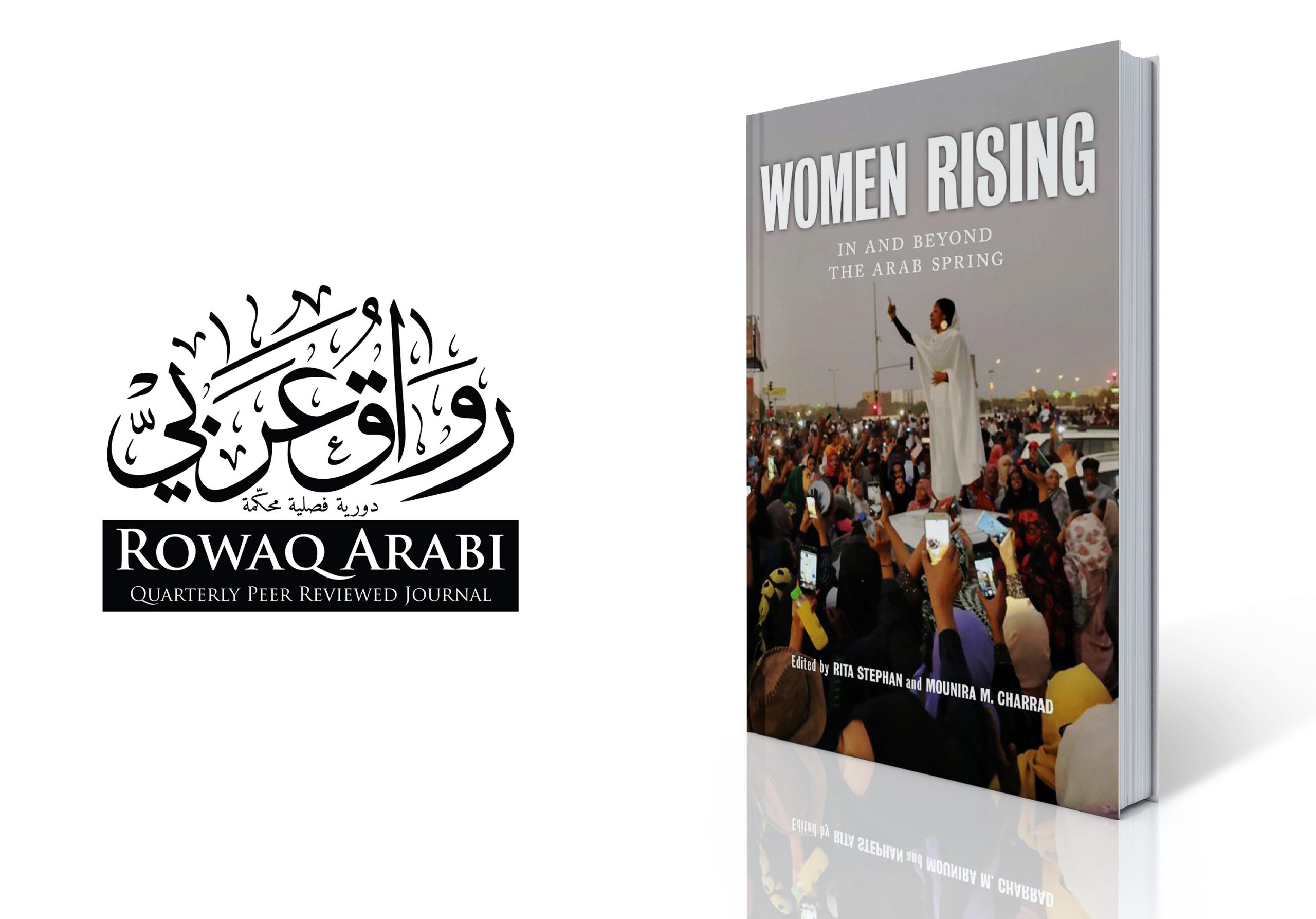
Citation: Abuzaid, Reem Awny (2022) ‘Book Review: ‘Women Rising: In and Beyond the Arab Spring’, edited by Rita Stephan and Mounira M. Charrad’, Rowaq Arabi 27 (1), pp. 39-42. https://doi.org/10.53833/EPYZ3125
Women’s participation in contentious politicsis at the centre of Western academia’s understanding of the Arab Spring. Some scholars were surprised by the sudden presence of women in the public sphere and by what they viewed as a sign of their liberation.[1] Those who weren’t surprised by women’s political engagement focused on the uniqueness of women’s sizeable presence in protests and the diversity of their social and economic backgrounds. This article reviews the book Women Rising: In and Beyond the Arab Spring, edited by Rita Stephan and Mounira M. Charrad.[2] The book criticises the Western assumption that the rise of Arab women is anomalous to their lived experience in the Arab region; an assumption that misrepresents the historical wealth of women’s engagement in politics through voting, running for office, and leading organisations since the 1920s. Scholars and others who adopt this Western assumption therefore lack the capacity to anticipate the future of women’s activism in the region.
The book’s forty chapters address a wide array of topics about women’s activism and promises a serious engagement with multiple forms of women’s agency in the Arab world.[3] The book addresses one of the most controversial topics in feminist studies, which is agency, and focuses on the political aspect of women’s experiences as activists for democracy, social justice, and women’s rights. The book brings to the fore voices of activists and practitioners, filmmakers, poets, students, and artists. These voices and their first-hand accounts compel the academy to revisit its problematic understanding of women’s agency in the Arab world. The book offers a space for underrepresented voices to present their narratives, showing the breadth and wealth of women’s agency in a misrepresented part of the world. Utilising a multi-disciplinary approach, Stephan and Charrad allow women’s voices to present themselves through archival work, daily diaries, reflective pieces about untapped areas of agency like the household, queer politics, art, and many other fields outside sites of the Arab Spring.
As post-Arab Spring countries stumble through their transitions to democracy, Western scholars who celebrated women’s participation in protest action rushed to declare an end to the era of Arab women’s activism: as if Arab women were only activists during the Arab Spring. The book argues against the Western tendency to atomise women’s activism within such geographical and temporal limitations. It further argues against the concept of the Arab Spring as a mere historical marker to a long heritage of women’s activism; hence, a failed democratic path will not put an end to it. For decades, Arab women operated in highly repressive contexts characterised as authoritarian, coercive, and patriarchal; they are immersed in the power-dynamics of those contexts which shape their strategies, tools, and methods of activism. An overarching theme of Stephan and Charrad’s book is the highlighting of aspects pertaining to the repressive contexts which complicate Arab women’s activism.
Nicola Khoury, in Chapter 23, Writing Lebanese Feminist History, taps into a critical area of complexity: the civil war and religious strife in Lebanon. Khoury goes back in history, to the years from 1976 to 1985, to trace the impact of the civil war on Lebanese feminism as depicted in prominent feminist Rose Ghurayyib’s editorial letters in Al-Raida Journal. Ghurrayyib’s work engages with the politics of the context, particularly the political project of nation-state building or dream at that time in Lebanese history. In her last editorial letter, published in 1983 and titled ‘You Cannot Set the Clock Back,’ Ghurrayyib uses the lens of the feminist political project to focus on the secularization of the political sphere and the personal status law. For her, secularization meant national liberation and women’s emancipation. The civil war in Lebanon is a stark experience of the religious tension existent in almost every Arab country. The war transcended its contentious power-dynamics to impact the ways in which feminist activists understand their role and conduct their activism.
Nelia Hyndman-Rizk, in Chapter 32, New Media/New Feminism(s), discusses feminist campaigning amid Israel’s military invasion, which represented yet another restrictive influence upon the lives of Lebanese women. Hyndman-Rizk analyses the precarity of feminist activism as Lebanese women overcame the limitations of the restrictive context imposed by the Israeli invasion. Campaigns advancing feminist issues such as the legalization of civil marriage, LGBTQ rights, and the penalization of domestic violence resorted to mixed-tool methods of campaigning whereby activism was mainly conducted online through social media. The campaigns called for protests or marches when security conditions allowed. Online campaigning impacted the outcome of these activists’ work and limited it to individuals who have access to social media.
In Chapter 6, ‘Ne Touche Pas Mes Enfants!’, Ginger Feather highlights the centrality of coercion and violence to Moroccan women’s struggle to penalize paedophilia and repeal Article no. 457 of the Penal Code which, for decades, allowed sexual predators and rapists to marry their victims instead of being imprisoned. Feather discusses the institutional violence of the law, which influences women’s lived experiences. Margot Badran discusses a similar issue in Chapter 25, Marching with Revolutionary Women in Egypt, as she goes through her diary from the heyday of the Arab Spring in Egypt. Starting in 2011 and continuing until 2013, Badran’s field notes provide insights on women’s attempts to push women’s rights into the revolution’s political agenda. She goes against the mainstream narrative on the Arab Spring’s peaceful character by shedding light on the element of violence and its impact on women’s participation in the public sphere. As early as March 2011, Egyptian women marched in the street to protest their exclusion from the constitution-writing process. At the time, both the formal political process and fellow revolutionaries appeared to ignore women’s demands. Islamist groups eventually attacked the march in an attempt to silence women’s expression of their demands. Most importantly, the chapter gives insight into how women maintain their activism in violent contexts, where allies are hesitant to show support or to protect women protestors from being attacked by Islamists.
One can imagine Arab women’s activism as an epistemological journey where every activist learns from previous generations about how to overcome the limitations of restrictive contexts and, in turn, create resources to educate future generations. Stephan and Charrad’s book stands in a similar critical position to that of critical feminist philosopher Sumi Madhok, who coined the term ‘action atomism’ to explain the tendency of Western academics to study women’s acts of agency in isolation from their collective history.[4] The book understands women activism as a continuum of political engagement. The Arab Spring was never the nascence of women’s political action in the region; on the contrary, Arab women have had an integral role in the political scene before and after the revolution. For example, literature typically refers to the success of the Egyptian feminist movement in pushing issues such as sexual harassment from the periphery into the public sphere during the Arab Spring. Theresa Hunt, in Chapter 27, Mapping the Egyptian Women’s Anti–Sexual Harassment Campaigns, negates that assumption as she maps out the anti-sexual harassment movements that preceded 2011. Hunt connects the learning curve, or the epistemological journey, which connects contemporary activists engaged with issues of sexual harassment to these past movements. Nothing is new under the Arab Spring’s sun after all!
Palestinian-American feminist scholar Lila Abu-Lughod, in her book Do Muslim Women Need Saving? criticizes the Western academy’s lack of understanding in regards to the complexities of women’s lived experiences in Muslim-majority societies or women’s ability to capture the meaning of freedom in their daily practices despite the multiple sources of coercion surrounding them.[5] Stephan and Charrad’s book shares a similar perspective critical of the overly-simplistic approach through which Western academics approach women’s political participation. However, the book limits its analysis strictly to women’s engagement with politics, which does not serve the purpose of highlighting the complexities of their lived experiences beyond that limited scope. The book confines women’s agency to the single, political sphere while forgoing a plethora of venues and sites where women’s agency is claimed and practised. As a result, the book doesn’t convey understanding in regards to the complexity of Arab women’s lived experiences beyond their political expression.
In the end, the book goes beyond immediate engagement with the Western representation of Arab women’s political engagement to interrogate its philosophical grounds: the idea that women have ‘freedom’ and ‘autonomy’ over their destiny not caring much about the contextual limitations that exist beyond the liberal understanding of individuals’ capacity to take actions. The Arab Spring presented an opportunity for Western scholars to understand women’s presence in the squares, marching in streets, and occupying the public sphere as the ultimate moment of ownership over their destiny, the testament to women’s liberation, and the sign of national progress towards liberalism. The problem with this understating is that it examines women’s activism from the narrow perspective of their political action in a liberal-democratic context, which cannot capture the complexity of women’s activism in the Arab world where political engagement takes place within the limitation of a restrictive context. The book delivers on that front, to highlight other instances where women activists were politically engaged beyond that unprecedented moment in which they acted as revolutionaries in a mass uprising.
[1] Hafez, Sherine (2019) Women of the Midan: The Untold Stories of Egypt’s Revolutionaries (Indiana: Indiana University Press) p. 15.
[2] Stephan, Rita and Charrad, Mounira M. (2020) Women Rising: In and Beyond the Arab Spring (New York: New York University Press).
[3] In this book review, I focus on chapters addressing women’s agency in three countries: Egypt, Lebanon, and Morocco. While limiting my writing to the three case studies, the volume offers way more on other countries in the Arab world.
[4] Madhok, Sumi et al. (2013) Gender, Agency, and Coercion (London, UK: Palgrave Macmillan) p. 102.
[5] Abu-Lughod, Lila (2013) Do Muslim Women Need Saving? (Cambridge, Massachusetts: Harvard University Press) pp. 24-25.
Read this post in: العربية
